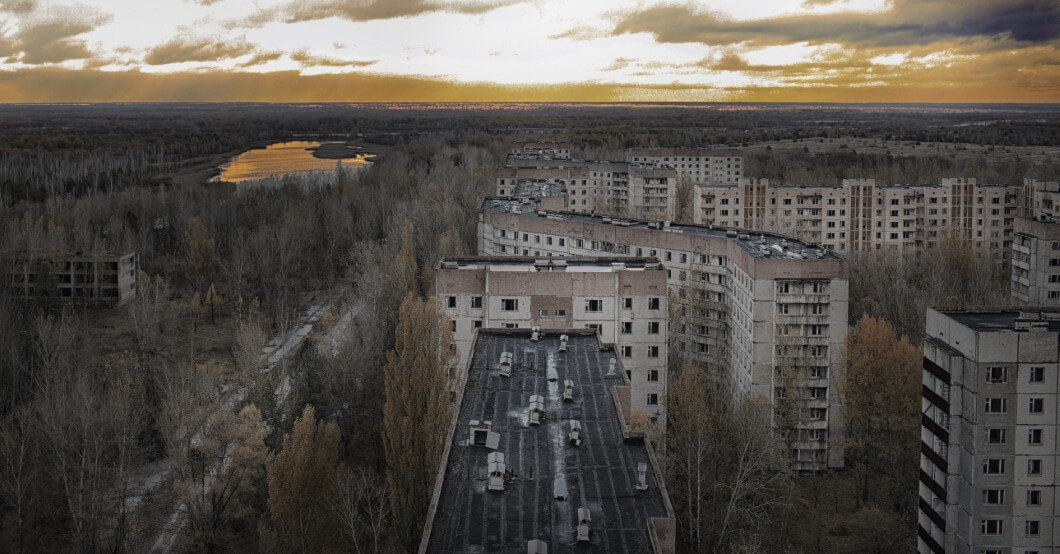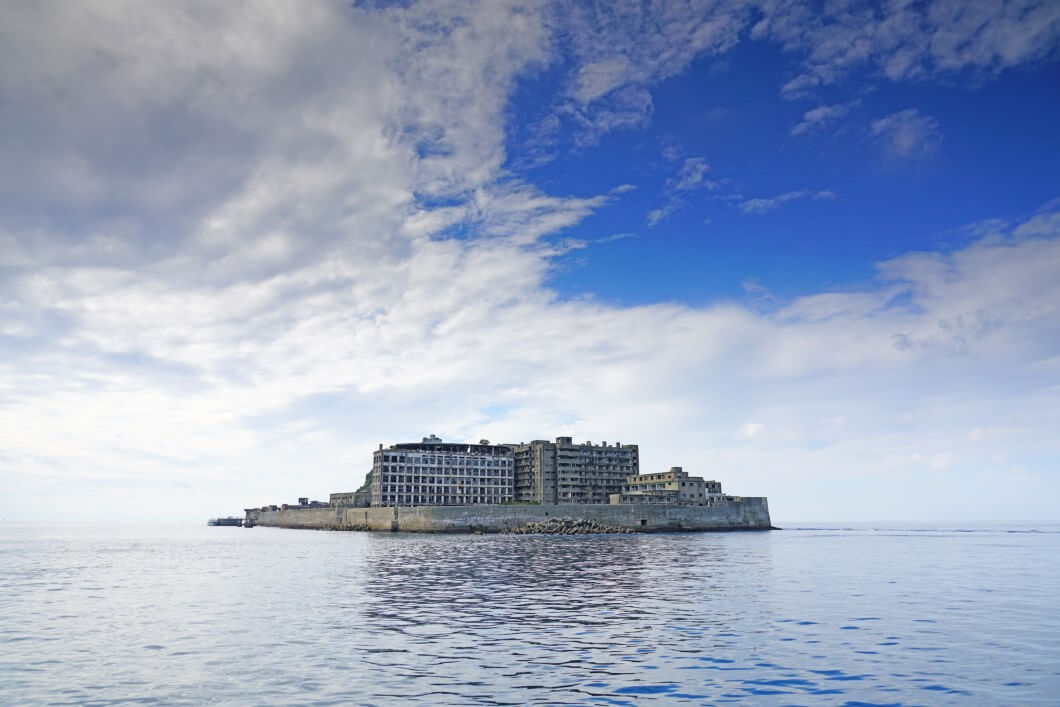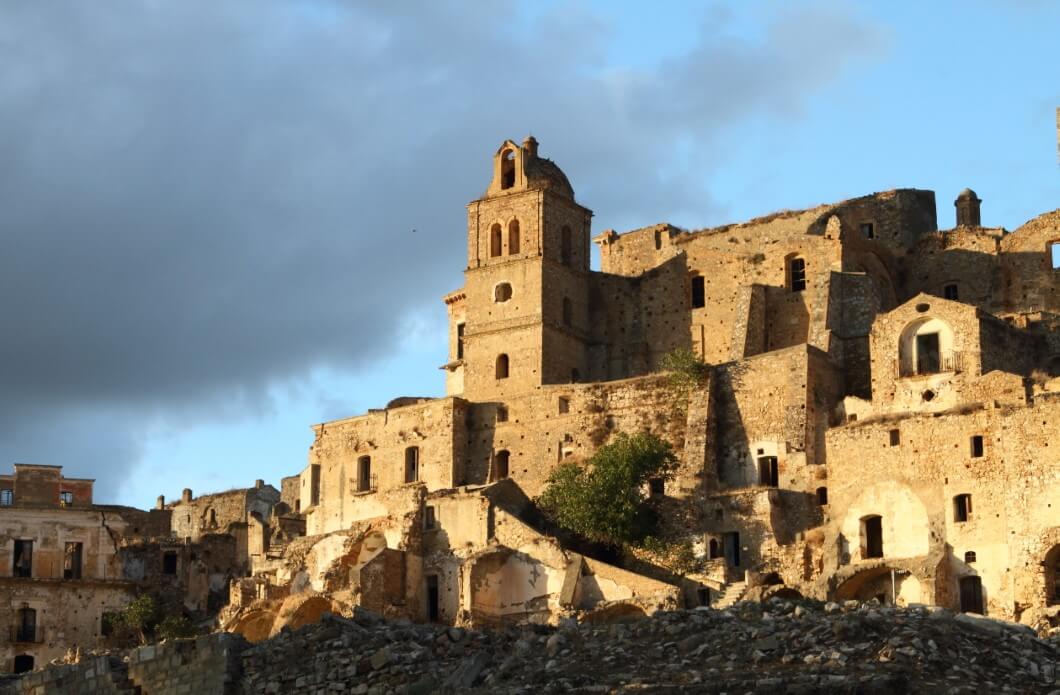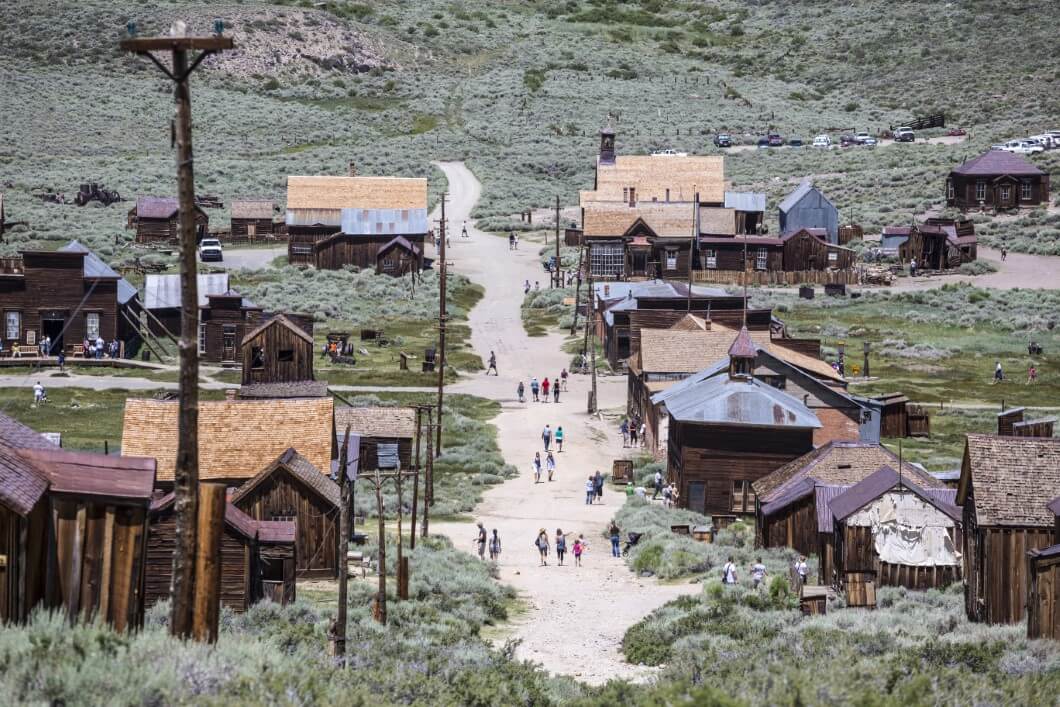Abandoned places, especially cities, attract tourists, both individual and organized groups. Why? There are many reasons, although some may find these places very scary and boring.
However, many people are interested to know what happened to the cities, to see the local life, to walk around the empty buildings. The reasons for “abandonment” can be different: natural disasters, war, unprofitable maintenance, etc.
Turkish invasion victim
Varosha was once the main tourist area of the city of Famagusta in Cyprus. But one day was enough for the area to be empty and abandoned for many years.
In 1974, the Turkish army invaded and took Varosha. All Greeks were ordered to leave the city as soon as possible, and only Turkish military personnel were allowed to enter.
However, after 47 years, the city was opened to the public in 2020. And it attracted many visitors both from abroad and from the Turkish Republic of Northern Cyprus. Nearly 200,000 tourists have visited the ghost town by July 2021, according to the self-proclaimed country’s president.
A tragedy to be forgotten
Probably the most famous ghost town is Pripyat in Ukraine. The city was evacuated after the accident at the Chernobyl nuclear power plant in 1986.
After carrying out decontamination work and reducing the level of radiation, some residents even returned to work in Pripyat. Currently, about 200 people live in the city. There is a shelter for shift workers, shops, canteens and a medical unit.
In addition, it is also a very popular tourist destination and many Ukrainian companies offer tours of the area. For example, in the year before Covid 2019, more than 124,000 people visited the Chernobyl exclusion zone.

Symbol of industrialization and dark history
The Japanese island of Hashima in Japan is considered a symbol of the country’s industrialization. In 1810, coal was found on the island and active mining began. Further development continued and in the 20th century the island was considered the most densely populated in the world.
However, a dark part of the country’s history is also connected with Hashima Island. During World War II, when most of the Japanese were drafted into the army, Korean and Chinese workers were forced to work on the island in inhumane conditions.
The island attracts tourists every year, especially since in 2015 it was included in the UNESCO World Heritage List. According to reports, Hasima receives 300,000 tourists a year.

Landslide led to evacuation
The ghost town of Craco in the province of Matera in Italy has been partly uninhabited since 1963 due to a series of landslides that forced residents to leave the city and move into the Craco Peschiera valley.
However, the situation continued to deteriorate. In 1972 there was a flood, and in 1980 the Irpin earthquake led to the complete desolation of the city.
And now the city is experiencing a new influx of people. True, not locals, but tourists. According to official figures, 3,800 people visited Craco between January and August this year, compared to 2,800 for all of 2012.

From a fast-growing city to a ghost town
In the 1870s, Bodie, California became a booming city thanks to the discovery of gold in the region. In 1879, the city had almost 10,000 inhabitants.
However, in the 20th century, Bodie fell into disrepair, and as early as 1915 it was called a “ghost town”. In the 1960s, California authorized the creation of the Bodie State Historic Park.
Listed as a National Historic Landmark by the U.S. Department of the Interior and a California Historic Landmark, Bodie welcomes approximately 200,000 visitors each year.


